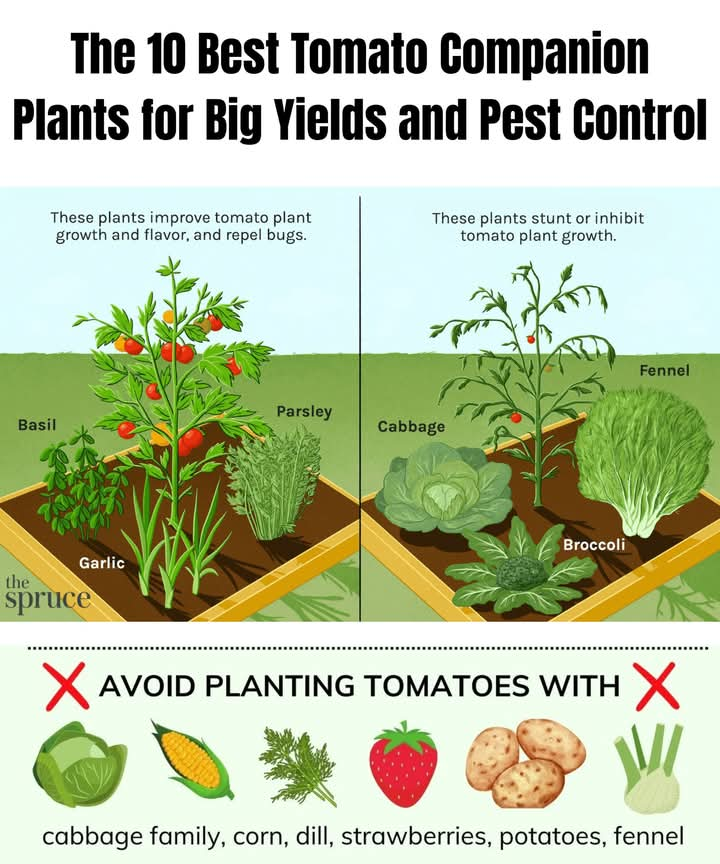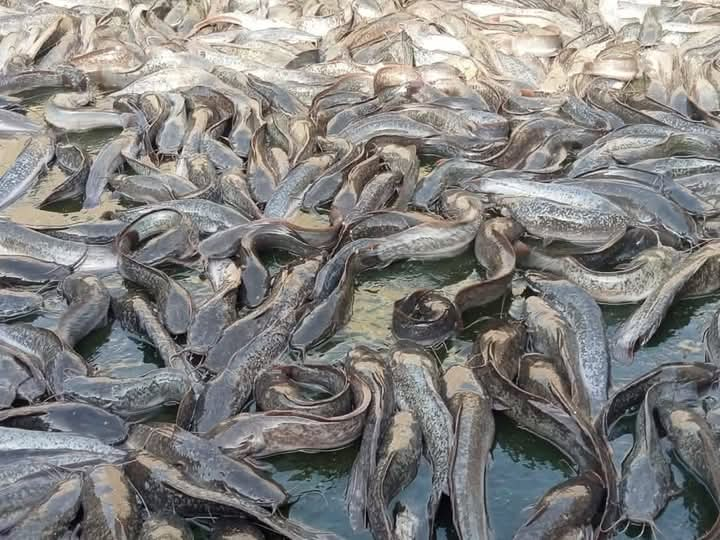Comprehensive Guidelines for Profitable Catfish Farming
Comprehensive Guidelines for Profitable Catfish Farming
Catfish farming stands out as one of the most viable and fast-growing sectors in aquaculture across Africa. It presents vast opportunities for food security, job creation, and income generation. Success in catfish production hinges on effective management practices throughout the entire production cycle—from broodstock care to hatchery operations and grow-out systems.
1. Broodstock Selection and Care
Quality broodstock is the foundation of productive catfish farming. Select mature fish that are at least one year old and weigh between 1–4 kg. Female catfish typically have a swollen, soft belly and a reddish genital opening. Eggs can be gently expressed with abdominal pressure. Males are identified by a pointed, reddish reproductive organ, with milt harvested from dissected testes.
Using hatchery-raised broodstock is advisable due to their improved genetics, adaptability, and reduced disease risk. Maintain brooders in concrete or earthen ponds at a density of 3–4 kg/m³. Provide floating feed with 40–42% crude protein, at 1% of their body weight daily, and ensure sufficient aeration.
2. Hormone Induction and Artificial Spawning
Catfish require hormone treatment to reproduce in captivity. Commonly used agents include Ovaprim, Ovatide, and pituitary gland extracts. A typical dose is 0.5 mL Ovaprim per kg of female body weight, administered intramuscularly near the dorsal fin.
Post-injection, keep the broodstock in a moist, quiet environment for 10–12 hours. Eggs are then stripped and fertilized manually using saline-diluted milt. This controlled method improves hatching rates and fry quality.
Proper water management, biosecurity, and timely feeding schedules are essential for survival, fast growth, and overall profitability.




